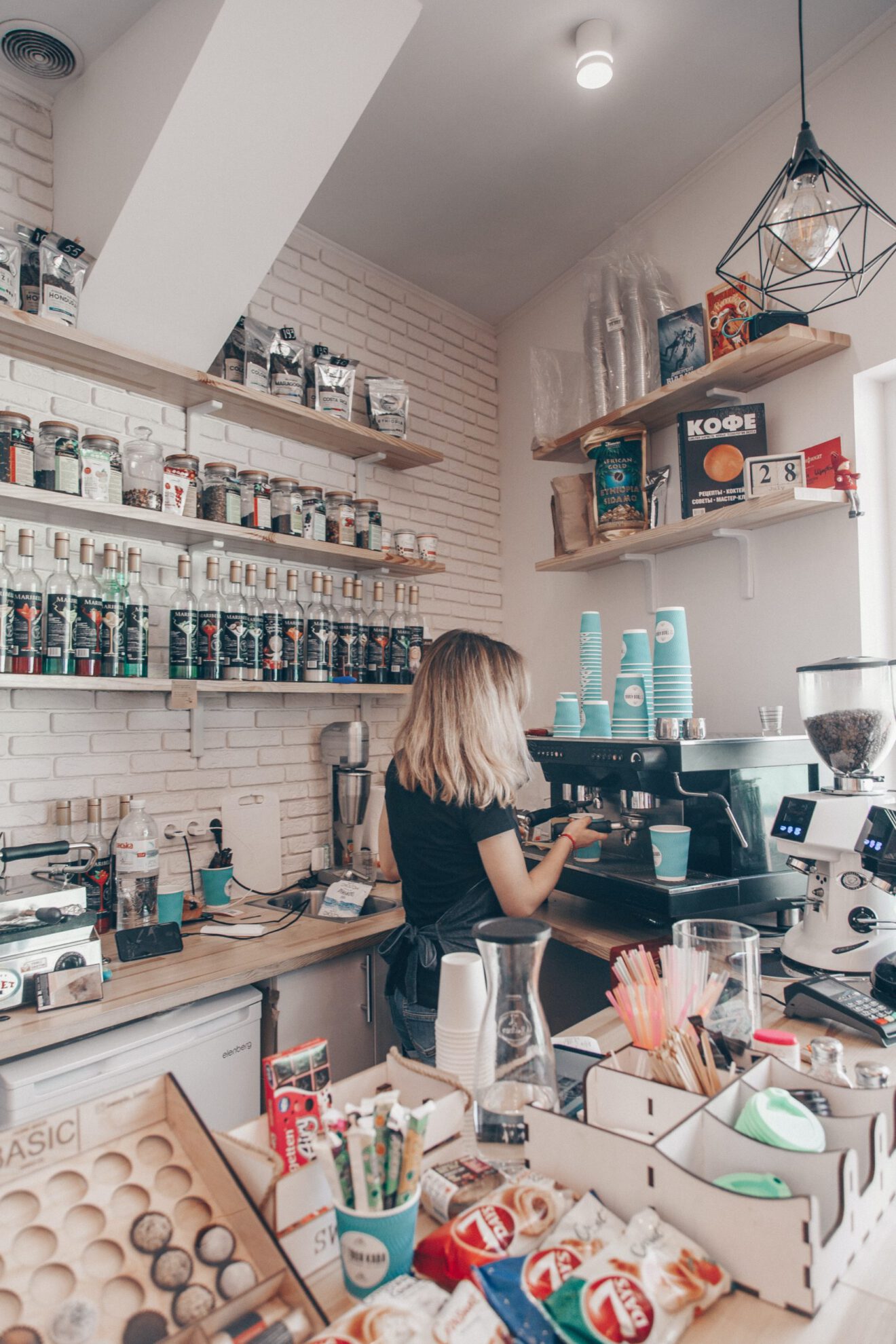Many children involved in negative social media experiences struggle with everything from anxiety to fear of missing out, multiplying the ill effects of being online. The reason? “Teens are really driven by their peers,” motivated by peer interactions, pediatrics professor Ana Radovic told The New York Times, “They’re exploring their identity, being creative and sharing things that they’ve done, but it’s difficult for them to filter out the negative.”

These filtering mechanisms become even more difficult to access when students are already at increased risk. Why do some of the most popular online tools endanger our most susceptible learners more significantly?
Instagram is a common communication platform used by millions of children every day. It is often their primary way of socializing and communicating that has worried many psychologists, neuroscientists, researchers and educators. Then, research by Instagram’s owner, Facebook, was uncovered and revealed the company’s knowledge about the negative mental health effects it poses, especially girls. The company’s research shows boys say Instagram made them feel worse about themselves too. Children are often caught up in unhealthy comparison webs, tricked into believing a fictional narrative played out on social media. With all these challenges, how can we as educators and parents help?
Real vs. fake: Counteracting negative social media
Educators and parents can help liberate students by illustrating that their peers and role models do not really have idealistic lives, often lessening many of the unhealthy pressures associated with online comparison.For example, showing them that online, enhanced images are unrealistic and not based in reality can help students detach from fictional portrayals and pave the way toward feeling good about themselves. This is valuable for students who may otherwise feel stuck by systems of self-judgment during impressionable and highly vulnerable phases of their life.
Focus vs. toxic online disinhibition
An increased tendency toward inappropriate online behaviors often includes hostile language, swearing and even threats. It’s a negative side effect of the all-to-common loss of inhibition online. Educators and parents can develop strategic antidotes and help students practice them.
Consider a compelling Australian study that examined student social media behavior before, during and after receiving direct instructional guidance on the consequences of online misconduct. The researchers found that instituting a proactive instructional approach helped students develop significantly longer-term reductions in anonymity perceptions and toxic online disinhibition. Not in the moment, not for a few days, these were long term reductions. That is a refreshing answer!
In addition to having students review this and the Instagram research, educators can supervise as they role-play ways that mirror the experiences. That helps show students how to use technology for positive outcomes too.
Coffeehouse talk is positive social media
I wrote last month about binaural beats, a scientifically proven tool for learners to gain productivity. A similar idea — listening to the sounds of coffeehouse chatter — targets a person’s focus and productivity in a different way, letting the sounds of old-fashioned social media distract from today’s negative social media. It primes a higher functioning part of the brain than can apply logic over disruption. And believe it or not, it involves distracting you!
Coffeehouse chatter allows students wearing headphones to tune into targeted sounds and escape into their own safe mental space while working independently. Teachers can share websites designed to maximize the benefit of this sound in class, and also can find coffeehouse sound resources on sites like YouTube.
How does it work?
Using tonal sound resources while engaging in focused work allows students to achieve strong levels of theta wave processing, focus and productivity. The chatter and clatter of a methodical, busy coffeehouse can arouse in their mind a focus on an ideal sweet spot — a sort of distracted focus.
Enough indistinguishable ambient noise in the background offsets strong distractors while triggering higher senses to be tuned. This chatter offers just enough background noise to pull students away from significant external stimuli like social media alerts. It is fascinating that being slightly distracted enables our brains to be more creative, eliciting a persistence to focus on important learning tasks instead of disruptions.
Understanding how common it is to be negatively affected by online engagement is an obvious yet complex problem. Finding solutions like teaching students to understand fiction from reality and to engage in practices that target the parts of our brain which resist this are compelling solutions to these problems.
Michael Gaskell, Ed.D., is a veteran principal working at Hammarskjold Upper Elementary School in East Brunswick, N.J., and has a new book out Nov. 17, ”Radical Principals.”
Opinions expressed by SmartBrief contributors are their own.
_________________________
Subscribe to SmartBrief’s FREE email ASCD newsletter to see the latest hot topics in education. It’s among SmartBrief’s more than 250 industry-focused newsletters.
